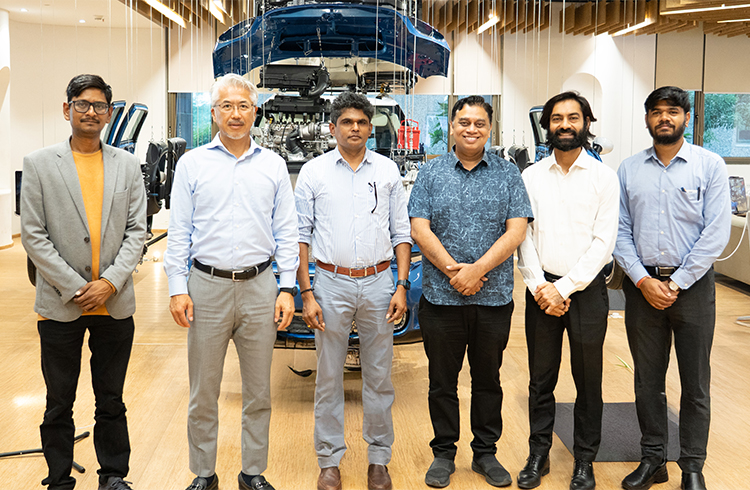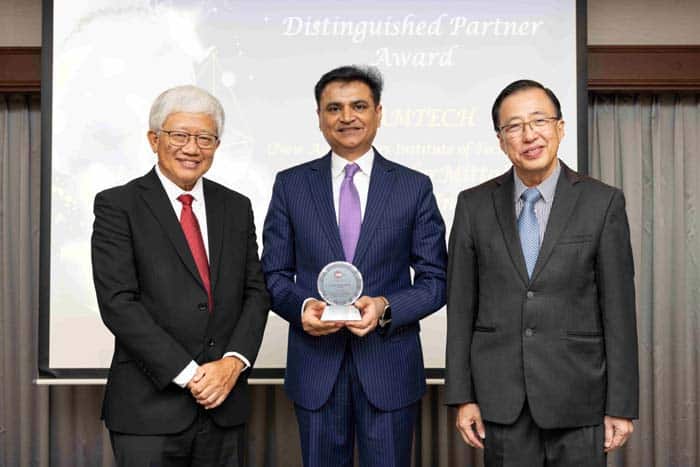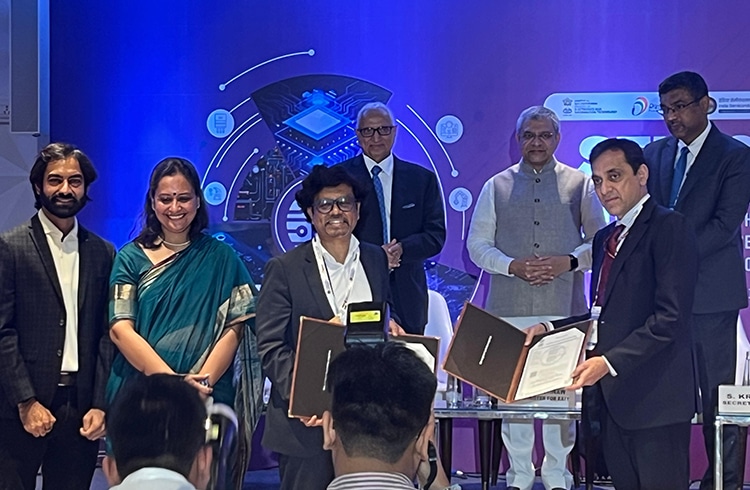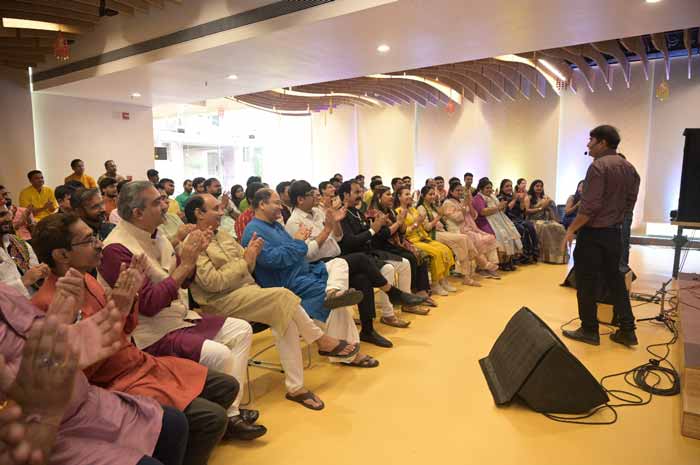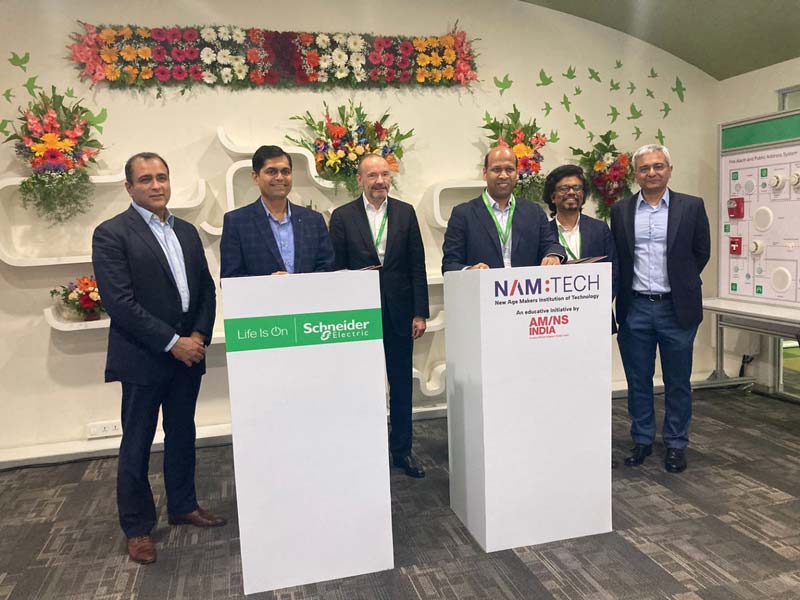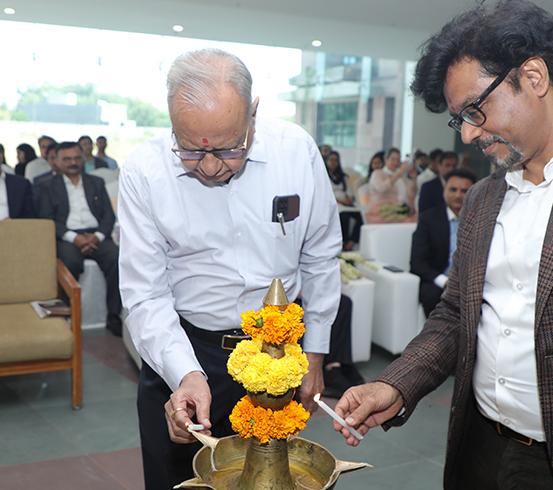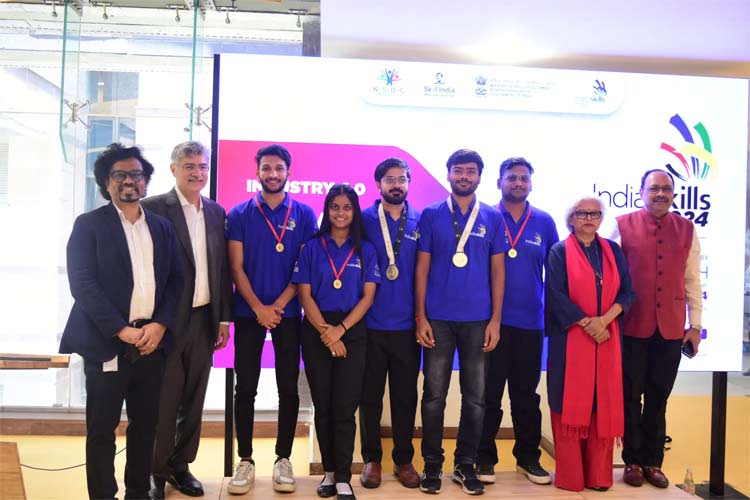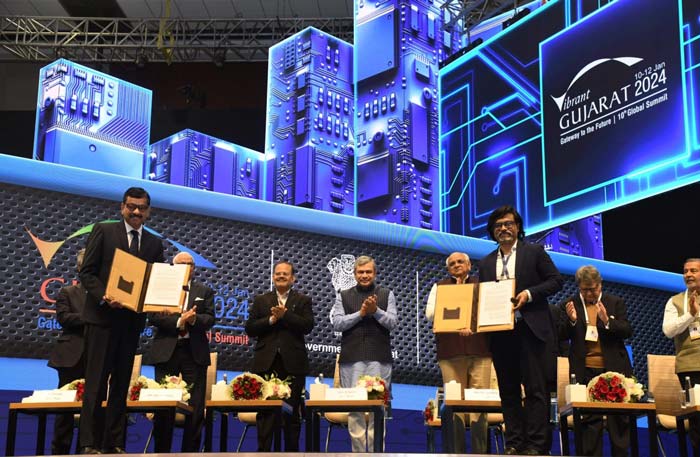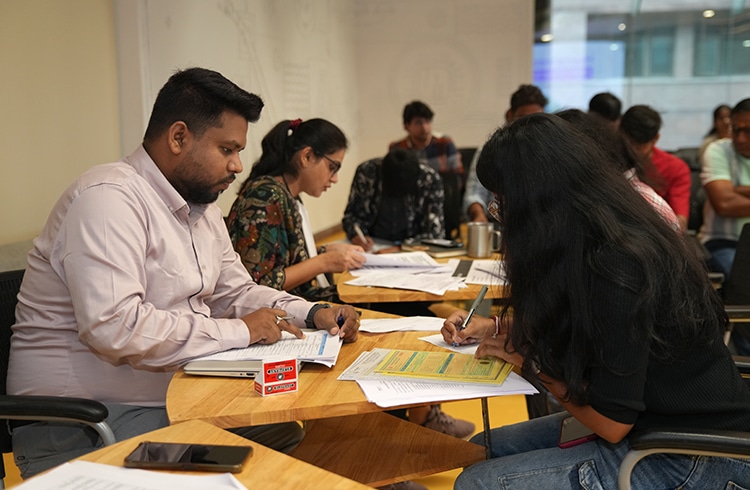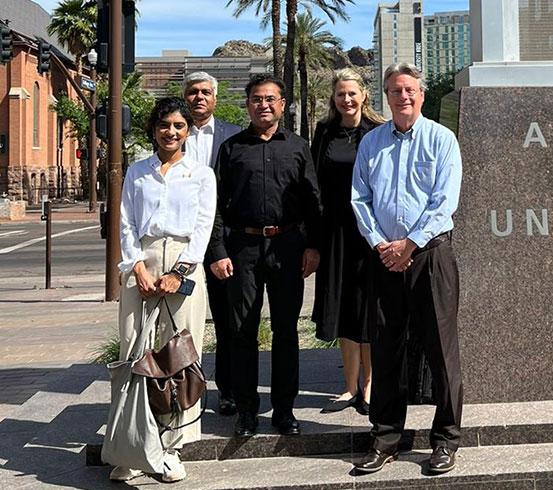It’s no secret that engineering in India has long been shaped by a few well-worn paths: IT services, software roles, and sometimes, a fallback MTech or MBA. But the landscape is changing fast-driven by Industry 4.0, sustainability imperatives, and a national push toward becoming a developed economy by 2047. 170 million jobs are emerging for B.E./B.Tech globally by 2030 and most of them are expected to come to young Indian engineers.
Yet, among students and young professionals, a few persistent myths continue to block clarity and opportunity—especially when it comes to the Manufacturing, Engineering, and Technology (MET) sector. At NAMTECH, we believe it’s time to shift that mindset.
Here are four misconceptions that deserve a closer look.
Myth 1: New-Age Manufacturing Isn’t a “Modern” Career Choice
Many still associate manufacturing with assembly lines, factory uniforms, and repetitive work. The truth? Those images are 30 years outdated.
Today, smart manufacturing is one of the most high-tech environments an engineer can enter. It blends AI, data analytics, IoT, robotics, and sustainability into real-world systems that are building the backbone of everything from EVs to medical devices and semiconductors.
India is already investing billions into building smart factories, clean-tech hubs, and semiconductor fabs. The roles emerging in this space include:
- Automation Engineers working on intelligent production lines
- AI & ML specialists optimizing manufacturing data
- IoT System Designers enabling real-time factory monitoring
- Digital Twin Engineers creating virtual replicas of physical systems
This is not just “manufacturing”—it’s engineering at the intersection of intelligence, innovation, and impact.
Myth 2: New-Age Manufacturing Roles Are Not for Women
This is one of the most limiting assumptions still echoed across campuses and even boardrooms.
The truth is, women are already contributing significantly in modern manufacturing—especially in high-growth areas like semiconductors, electric vehicles, and precision electronics. According to industry data:
- Women make up 25% of the semiconductor workforce in India
- In the EV manufacturing sector, they hold about 15% of jobs, projected to grow to 50% by 2033
- The textile and apparel industry already sees 65% participation from women
Why is this shift happening? Because new-age manufacturing is driven by precision, digital skills, and systems thinking. The rise of collaborative robotics, clean-room environments, and digital interfaces has opened the door to more inclusive roles.
The future of engineering is not gendered—it’s skilled.
Myth 3: Your First Salary Determines Career Success
It’s natural to care about what your first job pays. But in rapidly evolving industries like Manufacturing, Engineering & Technology (MET), focusing only on short-term salary can be misleading.
What matters more is career trajectory—the depth of your domain, the transfer ability of your skills, and your ability to grow with evolving technologies.
Take these industry benchmarks:
- AI/ML roles in smart manufacturing are seeing packages ranging from ₹15–60 LPA
- Cybersecurity and industrial data roles are expected to cross ₹1 Cr+ in Tier 1 cities over the next 5–7 years
- Leadership roles in Industry 4.0 and sustainability are commanding global salaries as India’s export tech base expands
In short, New-Age Manufacturing offers careers, not just jobs—and it rewards those who commit to staying relevant through constant learning.
Myth 4: Core Engineers Have Fewer Options Compared to CSE Graduates
There’s a growing belief that only software engineers have future-ready career paths. But this binary view overlooks one major fact: Industry 4.0 needs both code and core.
From mechanical and electrical engineers building physical systems, to computer science and electronics engineers powering automation and analytics—New-Age Manufacturing careers are deeply collaborative.
In smart manufacturing, interdisciplinary talent is the new norm. And with India’s policy focus on building in-house capabilities in clean energy, mobility, and chip design, core engineering skills are more relevant than ever—just with new applications and tools.
Final Thought
As India positions itself to lead in new-age manufacturing and engineering innovation, young engineers need to make decisions based on facts, not outdated perceptions.
The MET sector is where engineering meets purpose, impact, and long-term growth. It’s where India is building its future—and where engineers have the opportunity to build careers that matter.
At NAMTECH, we focus on preparing students to be employable leading to ample employment opportunities. We’re helping them align with where the world is going. With hands-on experience, exposure to global standards, and real-world problem-solving, our programs are designed for the future, not the past.
To explore our International Professional Master’s Program (iPMP), visit www.namtech.ac

12 May, 2025 | 5 min read

